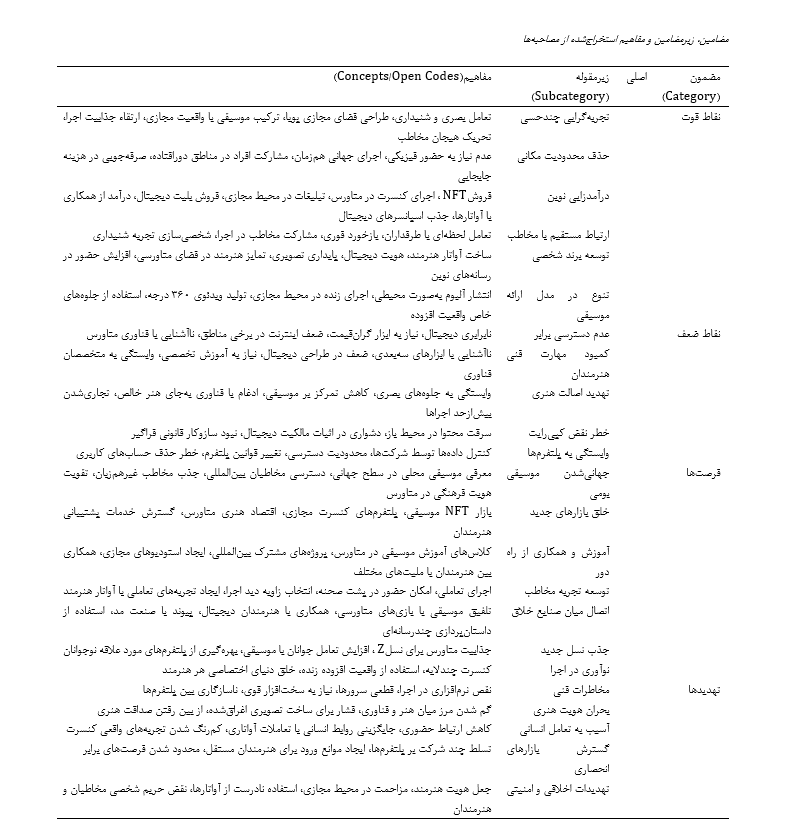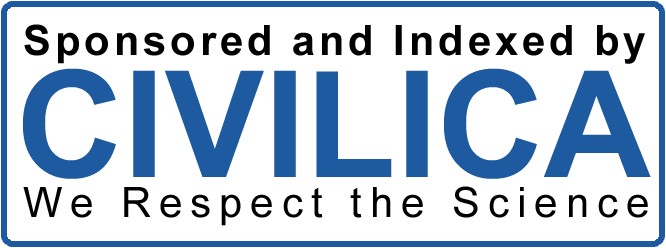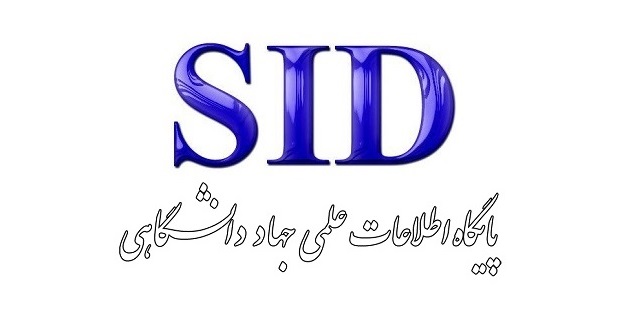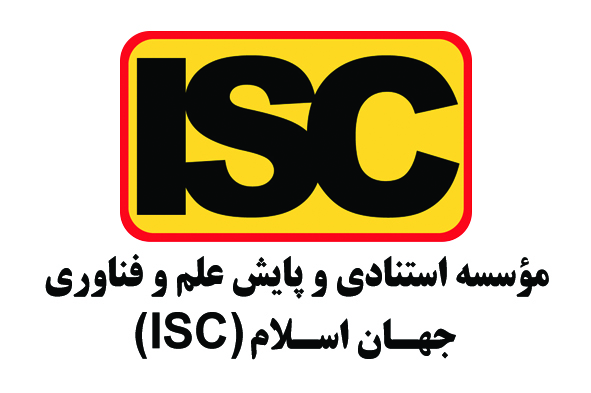SWOT Analysis of the Impacts of the Metaverse on the Music Industry: Exploring Strengths, Weaknesses, Opportunities, and Threats
Keywords:
Metaverse, music industry, SWOT analysis, global reach, quality of music production, artificial intelligence, innovation in musicAbstract
This study aims to analyze the strengths, weaknesses, opportunities, and threats (SWOT) of the Metaverse in the music industry. This qualitative research employed a thematic analysis approach. Data were collected through semi-structured interviews with 21 participants involved in music, technology, and digital content creation in Tehran. Purposeful sampling was used, and interviews continued until theoretical saturation. NVivo 12 software was utilized to code and categorize data based on the four SWOT dimensions. Findings revealed that the main strengths of the Metaverse in music included multisensory experience, elimination of spatial limitations, new revenue models, direct interaction with audiences, personal branding development, and diverse music delivery formats. Key weaknesses included digital inequality, lack of technical skills, threats to artistic authenticity, copyright infringement, and platform dependency. Identified opportunities encompassed globalization of local music, creation of new markets, remote collaboration, youth engagement, and performance innovation. Major threats included technical failures, identity crises, diminished human interaction, platform monopolies, and ethical-security concerns. While the Metaverse offers transformative and innovative potential for the music industry, it also introduces numerous technical, cultural, and legal challenges. Effective utilization of this technology requires targeted policymaking, capacity-building for artists, and enhanced legal and technological infrastructures.
Downloads
References
Álvarez‐Barrio, C., & Mesías‐Lema, J. M. (2024). Reinventing Curatorial Research: The Museum as a Laboratory for Artistic Learning During Lockdown. Curator the Museum Journal, 68(1), 271-287. https://doi.org/10.1111/cura.12630
Baranov, O., Костенко, О., Dubniak, M., & Golovko, O. (2024). Digital Transformations of Society: Problems of Law. https://doi.org/10.31435/rsglobal/057
Cao, R. (2024). Personal Information Protection Issues in the Metaverse Perspective. Advances in Economics and Management Research, 10(1), 19. https://doi.org/10.56028/aemr.10.1.19.2024
ÇElİK, G. (2023). A New Field in Music Production: Metaverse Concerts. Ege Üniversitesi İletişim Fakültesi Medya Ve İletişim Araştırmaları Hakemli E-Dergisi, -(12), 4-24. https://doi.org/10.56075/egemiadergisi.1230583
Chen, M.-T., Gunn, F., Jiang, S., Hulme‐Beaman, A., Hudson, A. D., Kendal, M., & Parvez, N. (2023). A-Maze Artists Update 2023: Boundless – Worlds in Flux: Overcoming Boundaries to Virtual World Integration in Traditional Heritage Settings. https://doi.org/10.14236/ewic/eva2023.4
Demirci, V. G. (2023). Big Data Analytics and Artificial Intelligence for Metaverse Practices in Business. 27-56. https://doi.org/10.4018/979-8-3693-0428-0.ch002
Donga, J., Azevedo, J., Carrapa, M., & Gomes, P. V. (2023). Reimagining Art: Virart, a Platform Using Virtual Reality for Creative Expression and Cultural Engagement. https://doi.org/10.17979/spudc.000024.41
El-Kady, R. (2023). Investigating Forensic Evidence in Metaverse. 227-258. https://doi.org/10.4018/979-8-3693-0220-0.ch012
Gawalkar, S. (2025). Enhancing Artistic Exposure Through Digital Platforms, a Case Study of 'Art Exhibits'. Journal of Information Systems Engineering & Management, 10(23s), 754-759. https://doi.org/10.52783/jisem.v10i23s.3776
Graf, S. (2024). Instant Memories of the Russian War Against Ukraine – Mapping the Virtual Meta History: Museum of War. Memory Mind & Media, 3. https://doi.org/10.1017/mem.2024.5
Han, J., Park, Y., Park, S., & Choe, S. W. T. (2023). Development of the Dokdo Culture and Arts Education Program Using Gather.town. Korean Soc Cult Converg, 45(9), 65-78. https://doi.org/10.33645/cnc.2023.09.45.09.65
Kaiwen, Q. (2025). Developments of Virtual Museums in China’s Educational Sector. Journal of Information Systems Engineering & Management, 10(40s), 789-813. https://doi.org/10.52783/jisem.v10i40s.7480
Kim, W., Roh, C., Joe, Y., & Shin, D.-M. (2023). Data Redundancy Determination Technology to Determine the Similarity of N-Th Creations of Digital Assets Used in the Metaverse Environment. Journal of Software Assessment and Valuation, 19(3), 45-54. https://doi.org/10.29056/jsav.2023.09.05
Lail, T. E. (2023). The Aesthetics of the Artistic Image in Light of the Crisis Between the Physical and the Digital. International Journal of Multidisciplinary Studies in Art and Technology, 6(1), 63-72. https://doi.org/10.21608/ijmsat.2023.136430.1009
López-Rodríguez, M., Pérez, V. R., & Rodríguez, A. F. L. (2024). Immersive and Virtual Exhibitions: A Reflection On… Art? Arts & Communication, 3(1), 3688. https://doi.org/10.36922/ac.3688
Rashed Baker Zakaria Alwardat Aram Mohammed-Amin, Q. (2023). Get Real in the Virtual World: Branding in the Metaverse Demystified. TJJPT, 44(3), 163-170. https://doi.org/10.52783/tjjpt.v44.i3.254
Ritonga, M., Farid, A. S., & Manda, V. K. (2024). Media Convergence and the Development of Interactive Broadcasting With Metaverse Technology. Fijc, 1(4), 238-249. https://doi.org/10.62569/fijc.v1i4.103
Song, X. Z. H. (2024). Immersive Multimedia Art Design Based on Deep Learning Intelligent Vr Technology. Jes, 20(3s), 1624-1635. https://doi.org/10.52783/jes.1703
Stevens, E., Khlusova, A., Fine, S., Azzouz, A., & Vries, L. A. d. (2023). ‘Together We Prepare a Feast, Each Person Stirring Up Memory’. Humanities, 12(5), 98. https://doi.org/10.3390/h12050098
Thomas, J., Kuhail, M. A., & Al-Beyahi, F. (2024). The Metaverse, Religious Practice and Wellbeing: A Narrative Review. Cyberpsychology Behavior and Social Networking, 27(1), 57-63. https://doi.org/10.1089/cyber.2023.0003
Wagner, T., & Whittaker, L. (2025). Emerging Patterns of Participation in Virtual Live Concerts. Iaspm Journal, 15(1), 58-80. https://doi.org/10.5429/2079.387(2025)v15i1.5en
Xu, S. (2024). Business Model and Development of Korean Brokerage Companies. SHS Web of Conferences, 208, 04010. https://doi.org/10.1051/shsconf/202420804010
Zhang, H. (2024). IoT Product Design for User Experience and Technological Innovation in Virtual Reality Environments. Icst Transactions on Scalable Information Systems, 11(5). https://doi.org/10.4108/eetsis.5833

Downloads
Published
Submitted
Revised
Accepted
Issue
Section
License
Copyright (c) 2025 Tahmineh Javedsokhan (Author); Mahsa Khoie; Abolfazl Davoudi Roknabadi, Pouya Saraei (Author)

This work is licensed under a Creative Commons Attribution-NonCommercial 4.0 International License.










